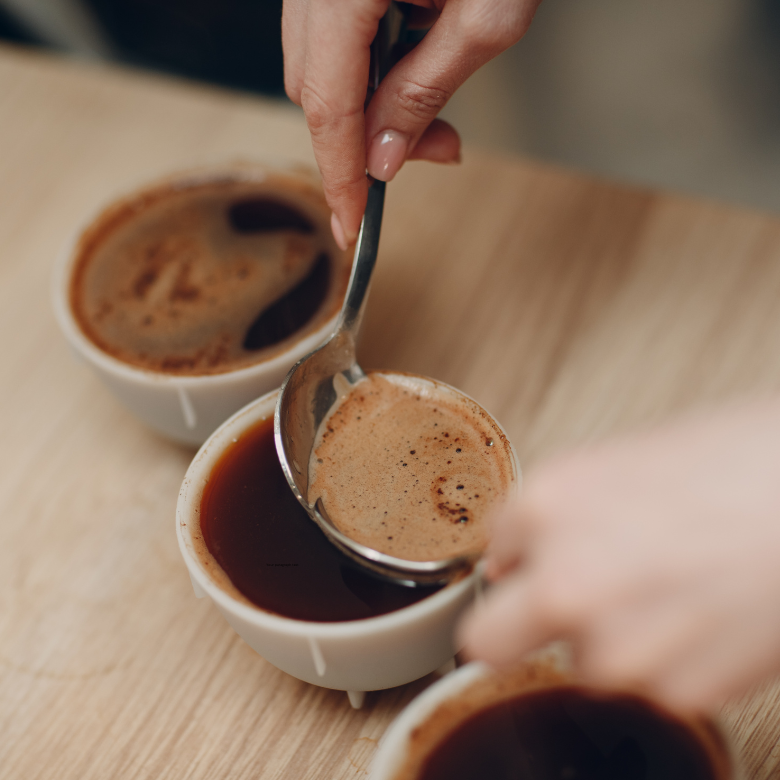
The Art of Coffee Cupping: A Comprehensive Guide
Coffee cupping is a vital practice in the coffee industry, serving as a standardized method for evaluating and understanding the flavor profiles of different coffee beans. This meticulous process allows roasters, buyers, and enthusiasts to discern subtle nuances in aroma, taste, and mouthfeel, ensuring that only the highest quality beans make it to your cup. In this blog post, we’ll delve into the cupping process, why roasters do it, and why it is essential for maintaining coffee quality.
What is Coffee Cupping?
Coffee cupping, also known as coffee tasting, is a systematic procedure used to evaluate the characteristics of coffee beans. It involves brewing and tasting coffee in a controlled environment to assess its aroma, flavour, acidity, body, and aftertaste. The process is standardised to ensure consistency and accuracy in evaluations, making it easier to compare different coffees.
The Cupping Process
-
Preparation:
- Beans Selection: Choose the coffee beans to be evaluated. Typically, these beans are freshly roasted and ground to a medium-coarse consistency.
- Setup: Arrange the cupping bowls, each containing a precise amount of coffee grounds, usually around 8.25 grams.
The standardised size of a cupping bowl, as defined by the Specialty Coffee Association (SCA), is typically as follows:
- Volume: 7.5 to 9 ounces (220 to 266 milliliters)
- Diameter: Approximately 3.25 to 3.75 inches (8.25 to 9.5 centimeters)
- Height: Approximately 2 to 2.5 inches (5 to 6.3 centimeters)
These dimensions are designed to ensure consistency in the cupping process, allowing for uniform extraction and evaluation of coffee samples. The standardised size helps cuppers maintain consistent water-to-coffee ratios and provides a common basis for comparison across different coffee samples.
-
Fragrance Assessment:
- Dry Grounds: Smell the dry coffee grounds to evaluate their initial fragrance. Note any distinct aromas that stand out.
-
Brewing:
- Hot Water Addition: Pour hot water (approximately 200°F or 93°C) over the coffee grounds in each bowl, filling them to the brim. Allow the coffee to steep for about 4 minutes.
- Crust Formation: A crust of coffee grounds will form on the surface. After the steeping period, gently break the crust with a spoon and inhale deeply to assess the aroma.
-
Tasting:
- Slurping: Once the coffee has cooled slightly, use a spoon to slurp the coffee. The slurping action aerates the coffee, spreading it across your palate and allowing you to experience its full range of flavors.
- Evaluation: Assess the coffee’s flavour, acidity, body, sweetness, and aftertaste. Take detailed notes on each characteristic.
-
Spitting:
- Spit or Swallow: Professional cuppers often spit the coffee out after tasting to avoid caffeine overload, especially when evaluating multiple samples.
Why Do Roasters Conduct Cupping?
-
Quality Control:
- Cupping allows roasters to maintain consistent quality by identifying any defects or inconsistencies in the coffee beans. Regular cupping sessions ensure that only the best beans are selected for roasting and sale.
-
Blending:
- Roasters use cupping to create and refine coffee blends. By understanding the flavor profiles of different beans, they can combine them to achieve a desired taste profile that appeals to consumers.
-
Roast Profiling:
- The cupping process helps roasters determine the optimal roast level for each type of bean. By tasting coffee at various roast levels, they can identify the roast that best highlights the beans’ unique characteristics.
-
Sourcing:
- When sourcing new coffee beans, roasters rely on cupping to evaluate potential purchases. This ensures that they select beans that meet their quality standards and flavor preferences.
Why is Coffee Cupping Important?
-
Consistency:
- Cupping provides a consistent method for evaluating coffee, allowing for reliable comparisons between different beans and roasts. This consistency is crucial for maintaining quality across batches and origins.
-
Transparency:
- The cupping process offers transparency in the coffee industry. It enables clear communication about the quality and characteristics of coffee beans between producers, roasters, and consumers.
-
Education:
- Cupping is an educational tool for both professionals and enthusiasts. It helps individuals develop their palate and understanding of coffee, fostering a deeper appreciation for the complexity and diversity of coffee flavors.
-
Market Differentiation:
- High-quality coffee is often marketed based on its unique flavor profile, which is determined through cupping. This differentiation helps consumers make informed choices and supports the premium pricing of exceptional coffees.
Conclusion
Coffee cupping is more than just a tasting exercise; it is an essential practice for ensuring the quality, consistency, and integrity of coffee. By meticulously evaluating the aroma, flavour, and body of coffee beans, roasters can make informed decisions that enhance the coffee experience for consumers. Whether you’re a professional in the industry or an enthusiastic coffee lover, understanding the art of cupping can deepen your appreciation for the intricate journey from bean to cup.

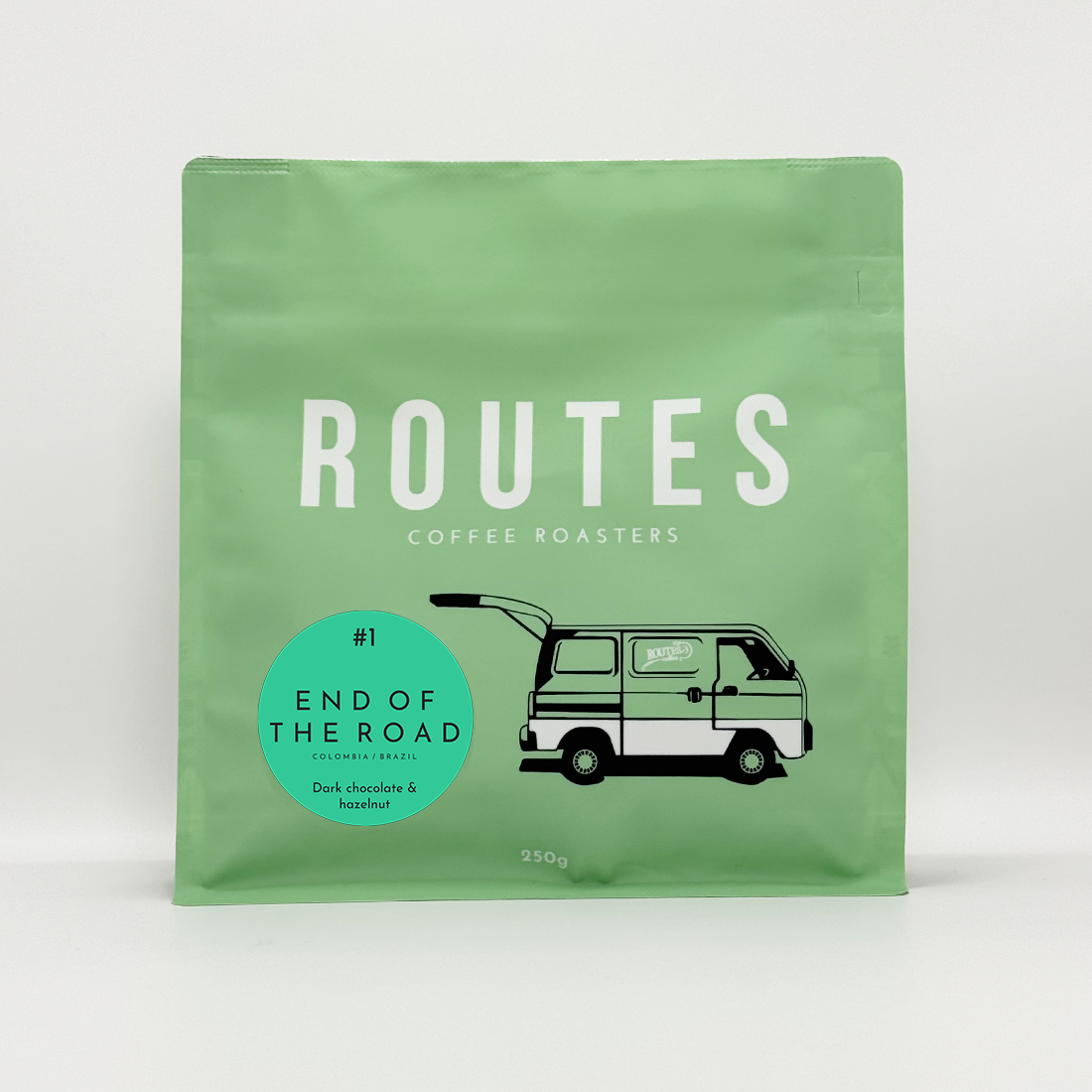
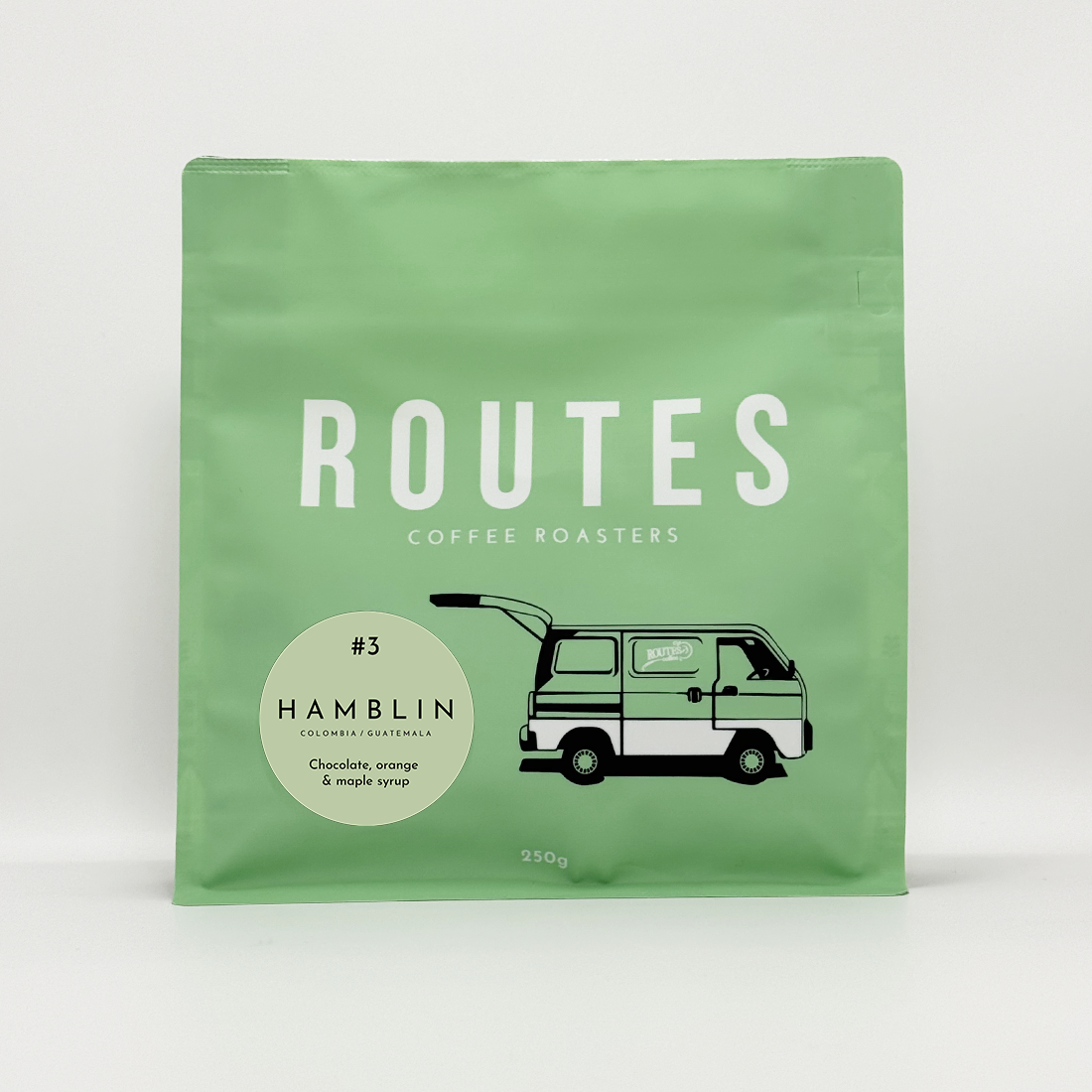
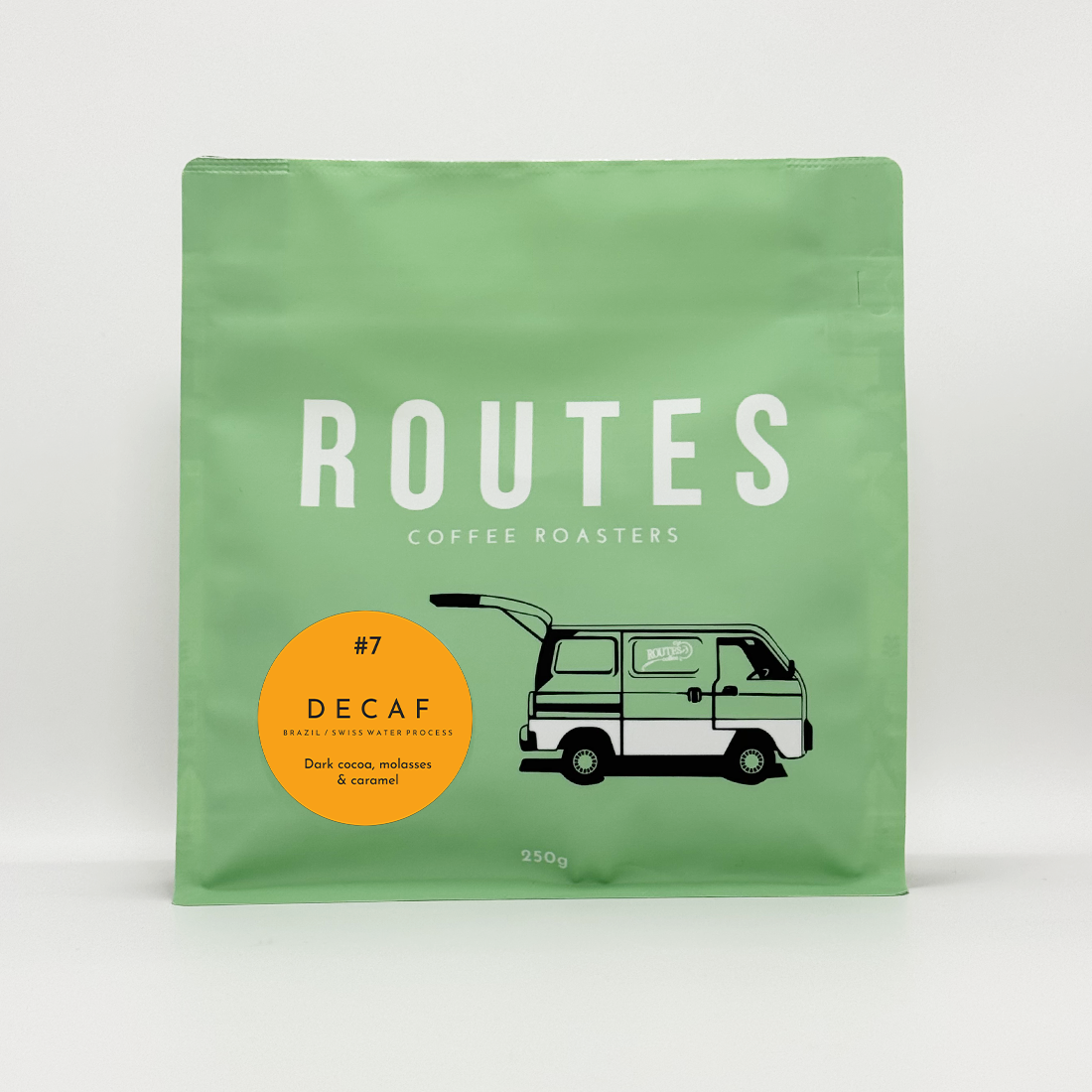

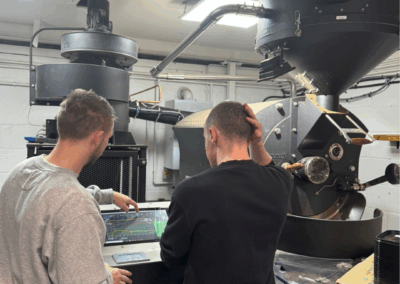
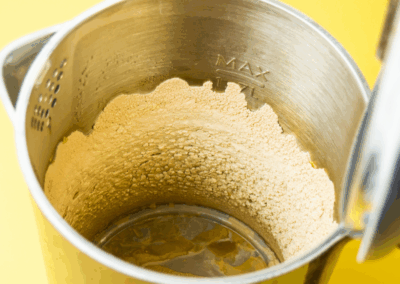
0 Comments